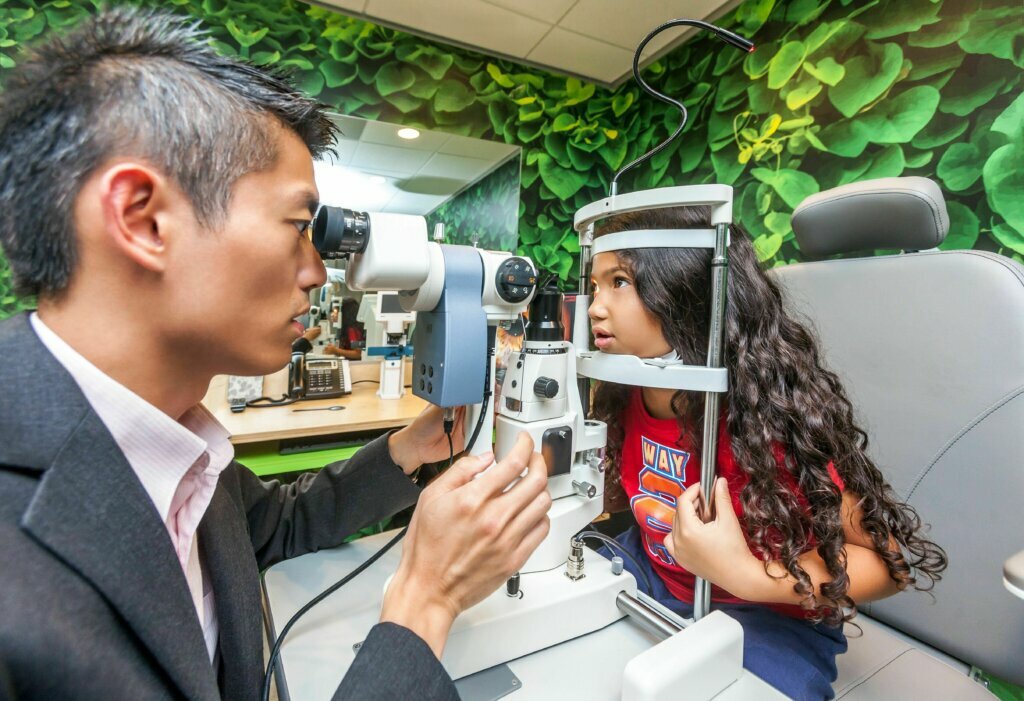
With the new school year beginning, kids likely will be spending more time in front of electronic screens, and that has a Northern Virginia clinical optometrist urging parents to be sure kids get plenty of time outdoors for their eyes’ sake.
“It’s well documented that lack of outdoor time actually contributes to the onset of myopia,” said Dr. Kevin Chan, senior clinical director of Treehouse Eyes, in Tysons, Virginia, which specializes in myopia in children.
“Kids who spend more outdoor time tend to have less likelihood of developing myopia in the first place,” Chan said.
Also known as nearsightedness, myopia has been on the rise since the 1970s.

“We’re not 100% sure whether screen time itself is a reason for increasing myopia that we have seen so far,” Chan said. What is known is that getting outside regularly has broad benefits for children’s physical, mental, emotional and eye health.
Though Chan said there are no conclusive findings about how much screen time might be harmful to eyes, he and other experts recommend that children take a break from digital devices, at least briefly, every 20 minutes.
Though he emphasized that spending more time outdoors can help mitigate the progression of myopia, Chan said higher levels of screen time can lead to the onset of myopia and other eye-related changes, such as “dry eye.” Over the long run, it can lead to the onset of glaucoma, other retinal complications or cataracts.
Signs that suggest eyes might be developing issues include:
- Eye rubbing
- Squinting
- Avoidance of reading
- Head tilting
- Watery eyes
- Eye strain
- Headaches
As for preferred room conditions for eye health while studying?
Much like the popular children’s fairy tale “Goldilocks and the Three Bears” discusses porridge that’s too cold or too hot, and beds that are too hard or too soft, Chan said lighting in room where kids are working shouldn’t be too dim or too brightly lit.
“If you have any shadow cast upon your book or magazine, or you see some reflection directly from the monitor, that means the light should be a little dimmed,” Chan said.
Screens and reading materials should be 16 to 20 inches away from the eyes.








